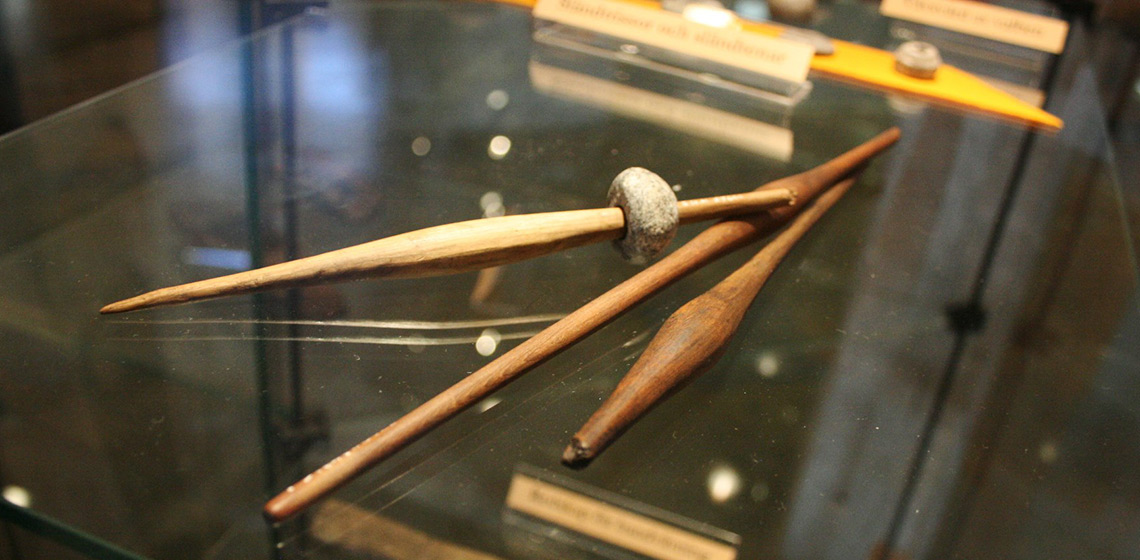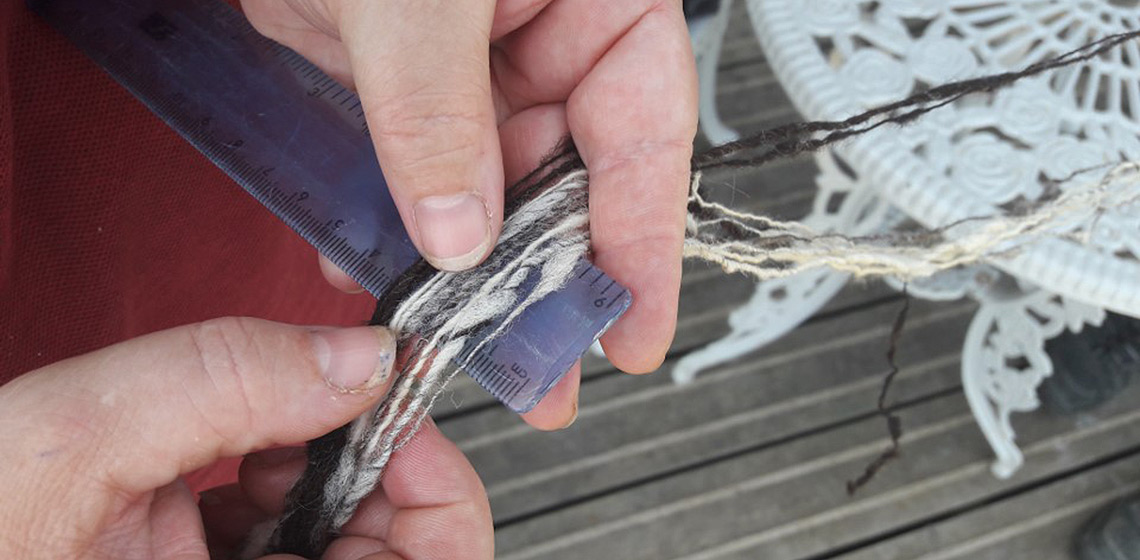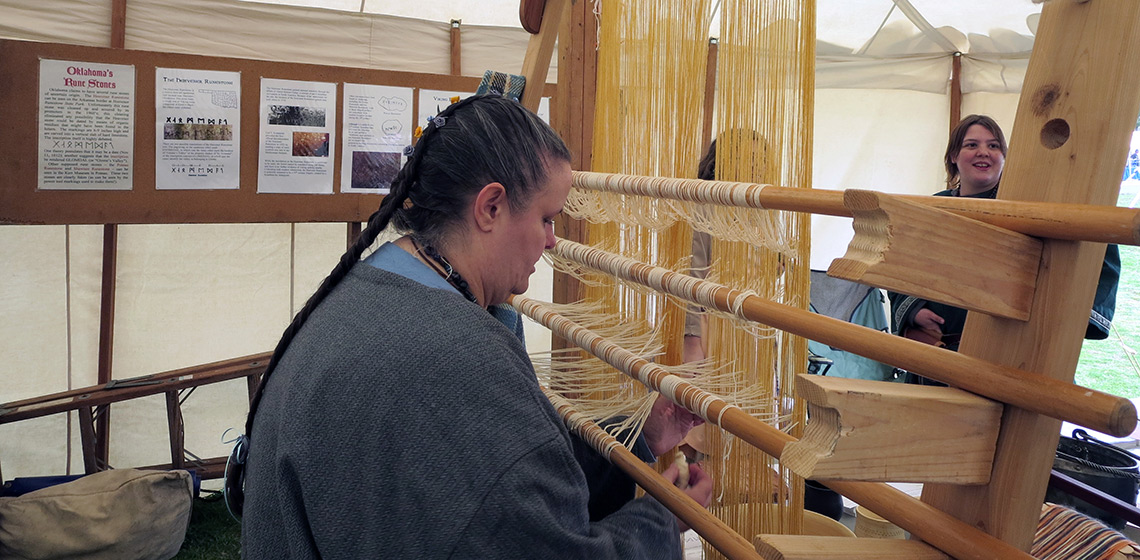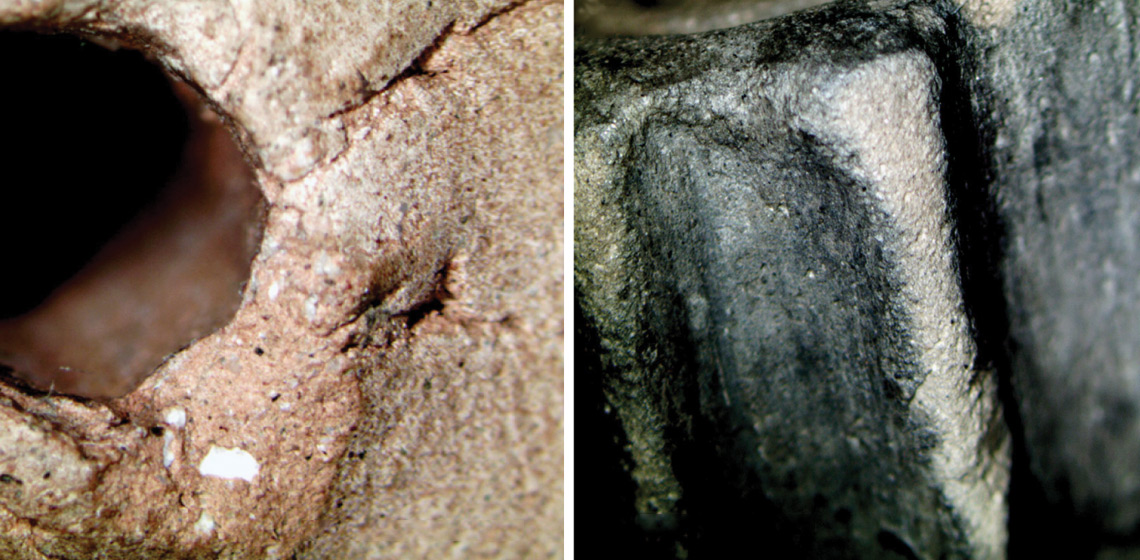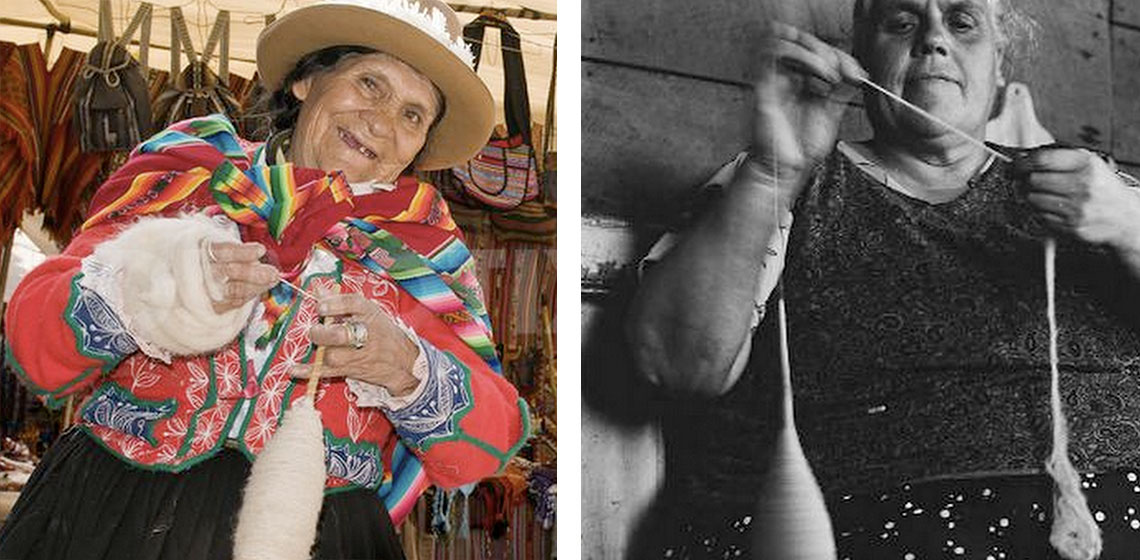spinning
Weaving Production in Butser Ancient Farm Roundhouses in the South of England
Working with Artisans; The ‘It Depends’ Dilemma
The Contribution of Experimental Archaeology in Addressing the Analysis of Residues on Spindle-Whorls
Introduction
Spindle-whorls are tools used for transforming the mass of fibres into yarn. These tools can be made of a large variety of materials as ceramic, bone, wood, or glass. They can vary largely in shapes (conical, biconical, lenticular, etc…), size, and weight according to archaeological contexts and chronological period of human history.
Spinning
1. Drawing and twisting fibres into thread
2. Rotating very quickly
Variables and Assumptions in Modern Interpretation of Ancient Spinning Technique and Technology Through Archaeological Experimentation
50th Anniversary of L’Anse aux Meadows, Newfoundland, Canada
The summer of 2010 saw the 50th anniversary of the discovery of the Viking Era site at L’Anse aux Meadows in Newfoundland Canada. To celebrate this milestone Parks Canada arranged a number of special events, including an August visit from the Dark Ages Re-creation Company (DARC)...
